Chris Bellows
Steelhead
I agree especially if you continue to allow bait and two hook rigs.I honestly think we need to do away with the "clipped" only rule out there. I think we'd kill a lot less fish if we kept our first 2 vs sorting through 20-40 wilds on a fish that does not handle catch and release very well at all.

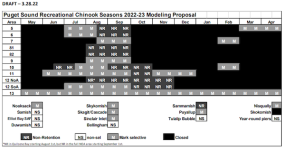
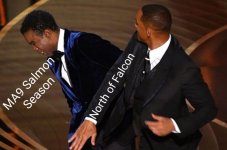

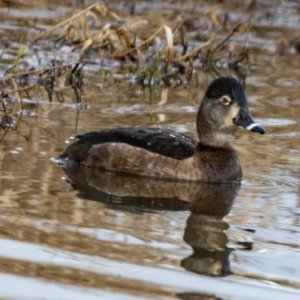
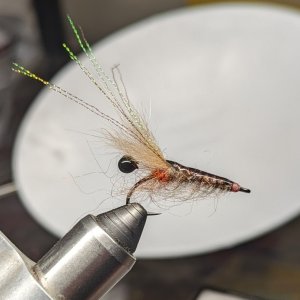
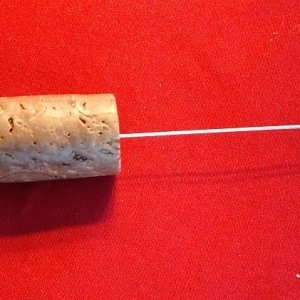
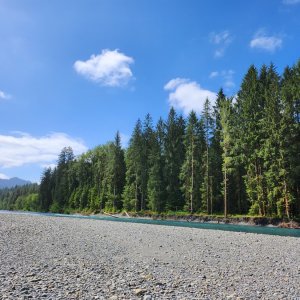
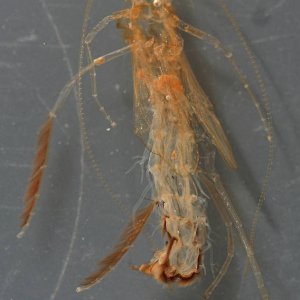
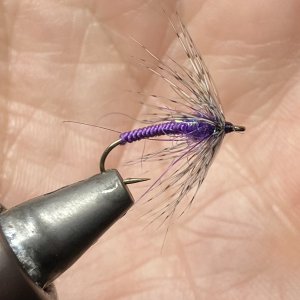
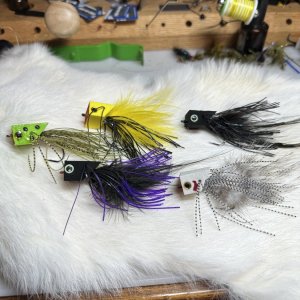
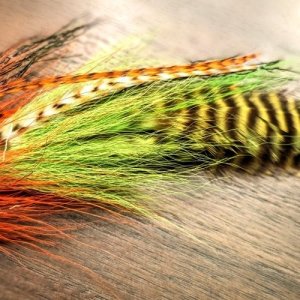
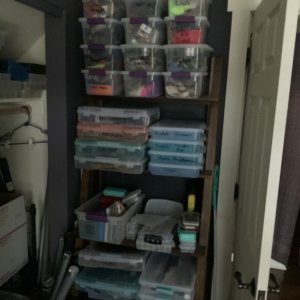
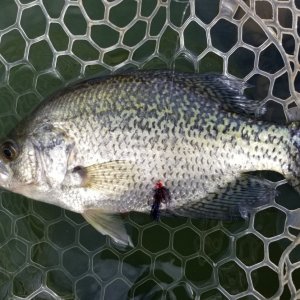
![20220811_073604[1].jpg](/forum/data/xfmg/thumbnail/5/5938-2f68923377bf5520e49e45ab6e948d80.jpg?1660228878)